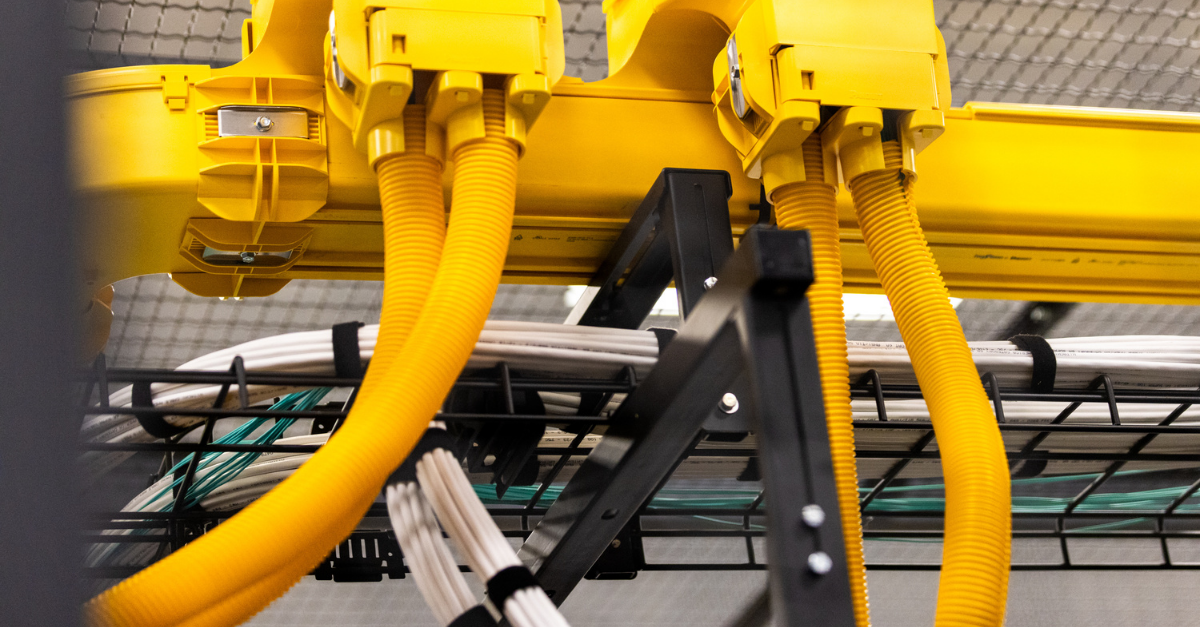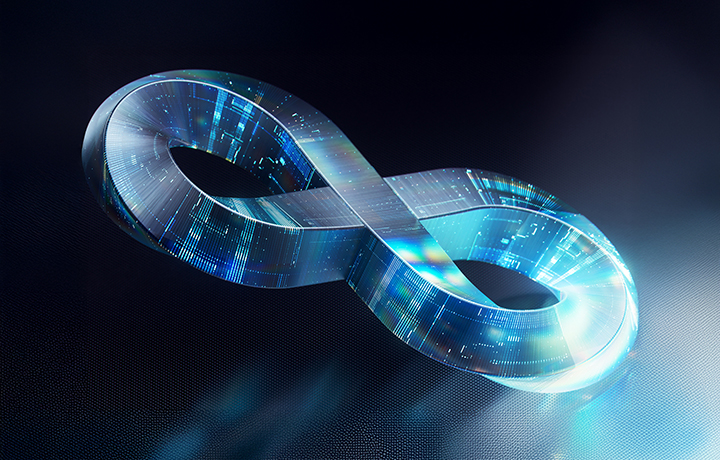What is Disaster Recovery as a Service (DRaaS)?
With new threats looming – and the cost of downtime rising in terms of productivity, reputation and dollars – businesses of all sizes are rethinking their IT disaster recovery strategies, including the implementation of a Disaster Recovery as a Service (DRaaS) solution. Keep reading to learn more about how DRaaS works, its benefits, and how to know if it’s right for your business.

Disaster Recovery as a Service (DRaaS) definition
A category of cloud computing, DraaS minimizes application downtime caused by human error, natural disasters, infrastructure failures, security incidents, and more — enabling full recovery in the cloud.
Unlike traditional disaster recovery, which requires a secondary data center, DRaaS is a fully managed, third-party service that offers secondary site infrastructure from a vendor who employs cloud computing for application and data recovery from synchronous or asynchronous replication.
Popular with enterprises that demand reliability of their disaster recovery or simply lack the internal resources to manage disaster recovery infrastructure themselves, DRaaS is currently used by an estimated 40 percent of U.S. enterprises, while another 20 percent are planning to implement DRaaS in the near future.
How does Disaster Recovery as a Service work?
With DRaaS, your business-critical data, applications, and systems are replicated to a vendor’s cloud environment.
By using a third-party facility instead of a physical location and infrastructure of the organization that owns the workload, organizations reduce CapEx costs and free up staff for more important work.
Here are the three steps that comprise disaster recovery.
Step 1: Replication
Replication occurs when data and applications are copied to offsite locations, which act as a secondary IT infrastructure that keeps businesses up and running through everything from hurricanes to hackers.
DRaaS solutions typically leverage continuous data protection technologies that offer low levels of data loss by replicating production data in real-time.
Step 2: Failover
When a disruptive event occurs, access to applications shifts to a remote disaster recovery site in a process called failover. With a DRaaS solution, you failover to a predesignated disaster recovery cloud.
Step 3: Failback
After a disaster, a process called failback returns your production environment to the original primary location once your primary infrastructure comes into normal working condition. Knowing your failback procedures is essential because failover isn’t a permanent state.
Disaster Recovery as a Service benefits
When a disaster recovery solution suits your IT environment and business needs, you can achieve protection against downtime for your systems and applications, guarantee continuity for your business in the face of disruptions, and avoid unnecessary expenditures. Additional benefits include:
Flexibility and scalability
DRaaS offers increased flexibility and scalability compared to traditional disaster recovery solutions because it avoids physical capacity limitations. With cloud-based disaster recovery services, scaling up or down to meet your unique business requirements is easy.
Improved security and compliance
Leveraging cloud services provides organizations with an excellent data protection strategy that can deliver enterprise-grade security measures, from standard security systems like firewalls and anti-virus software to multi-factor authentication.
Speedy recovery
Because DRaaS lets companies run applications from a cloud environment, the recovery time after a disaster can be near instantaneous. Once the primary location physical infrastructure is recovered or replaced, the applications fail back onto them.
Customers may experience higher latency when running applications from the cloud compared to on-premise infrastructure, but the ability to get back up and running outweighs the high cost of downtime to the business.
Cost efficiency
Because traditional disaster recovery architectures require a large upfront investment, DRaaS is often much more affordable – making it a great option for tight budgets and growing businesses. The overall cost of ownership is quite affordable, and predictable cloud pricing models can help make managing costs a lot simpler and more convenient.
Disaster Recovery as a Service vs. Backup as a Service
BaaS products provide data backup and data recovery to a specific point in time. Typically, BaaS suits use cases in which some degree of downtime can be tolerated. Some BaaS products are simple backup applications hosted in the public cloud that require admins to directly manage protection jobs.
In contrast to BaaS, DRaaS addresses more stringent application availability service levels and business continuity for mission-critical workloads. Simply put, DRaaS refers to offloading disaster recovery facilities and infrastructure to a service provider and using the service provider's services for replication, failover, and failback.
Is DRaaS right for your business?
Do you need a disaster recovery plan that recovers your critical applications? The sustainability of a business depends on continuously offering solutions and services to the customers. However, disruptive events like natural disasters or cyberattacks can halt your business for days, if not weeks. Opting for Disaster Recovery as a Service will ensure that you continue serving customers. Typical DRaaS users are medium to large enterprises that need to protect complex IT environments. These organizations have mission-critical workloads that require continuous uptime and cannot tolerate data loss.
Important considerations when choosing a DRaaS provider
Like selecting a cloud service provider, deploying an effective DRaaS solution should begin with a solid understanding of which business and technical goals are driving the need for a recovery plan so you can move forward armed with knowledge and confidence. This means starting with a business impact study conducted in-house by an auditing group or, if offered, by the chosen DRaaS provider itself.
This research should be undertaken in cooperation with the business leaders or business units themselves – not just the various IT departments – to classify the processes and systems most vital to the success of the company. These classifications will be based on agreement regarding the acceptable amount of downtime and data loss recovery period for these systems. The goal is to understand the impact on the business processes and the expectations of the people responsible for each distinct aspect of the identified business operations.
It is important during this assessment to ensure that all parties understand how to align with your business resiliency strategy.
Want to know more? Get in touch with our disaster recovery experts today to learn more about DRaaS solutions and have a team of experts assess your IT environment.






